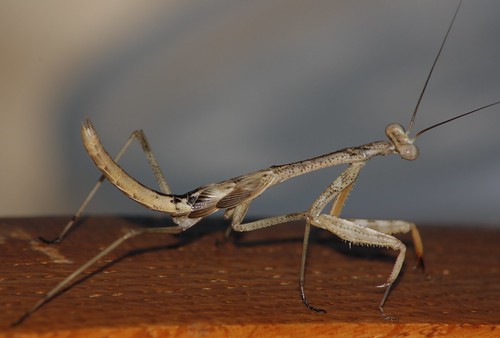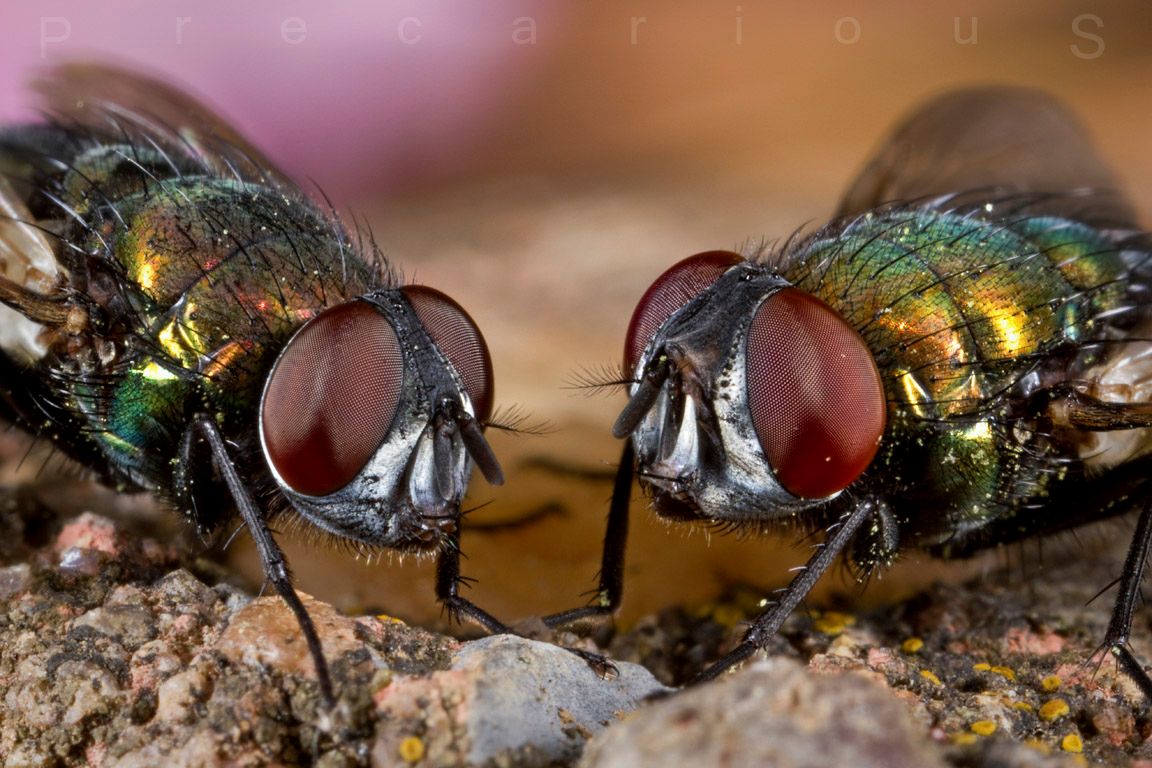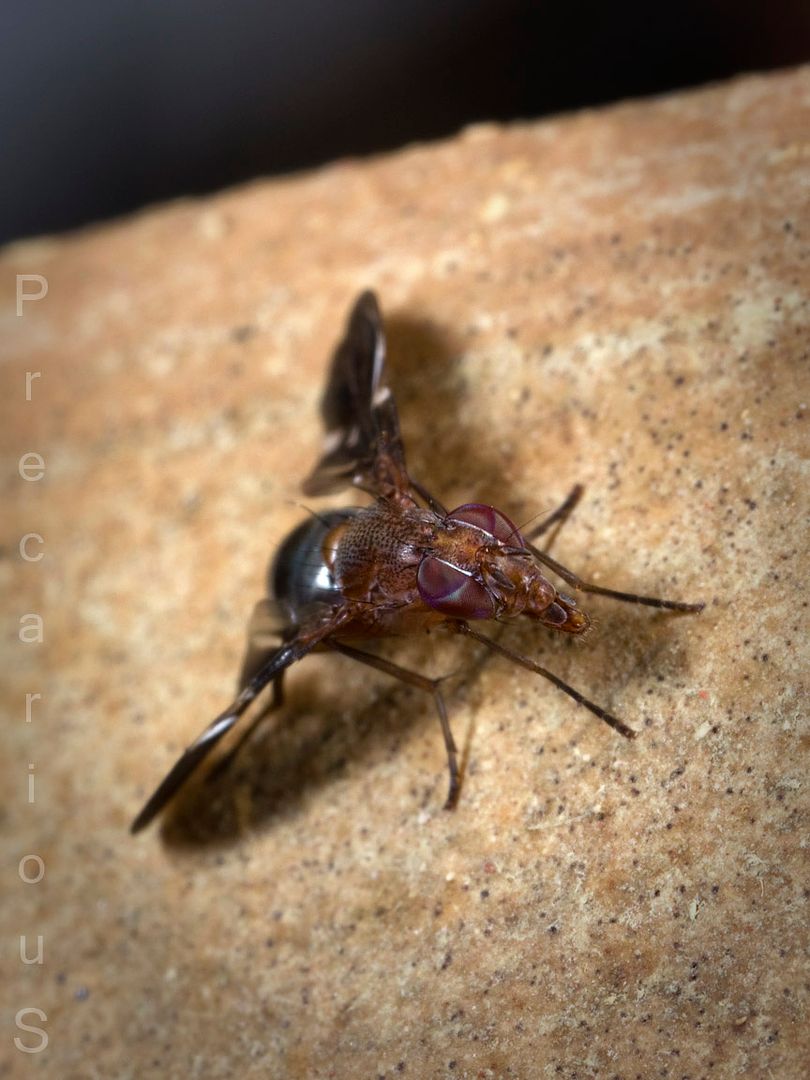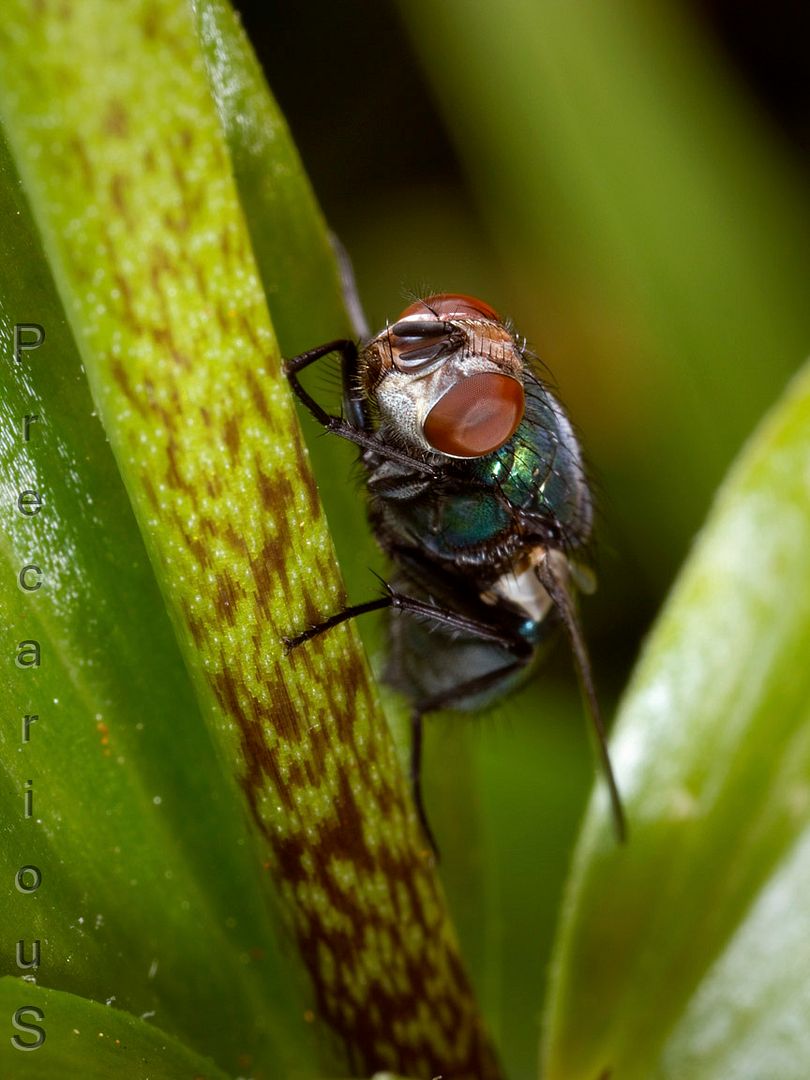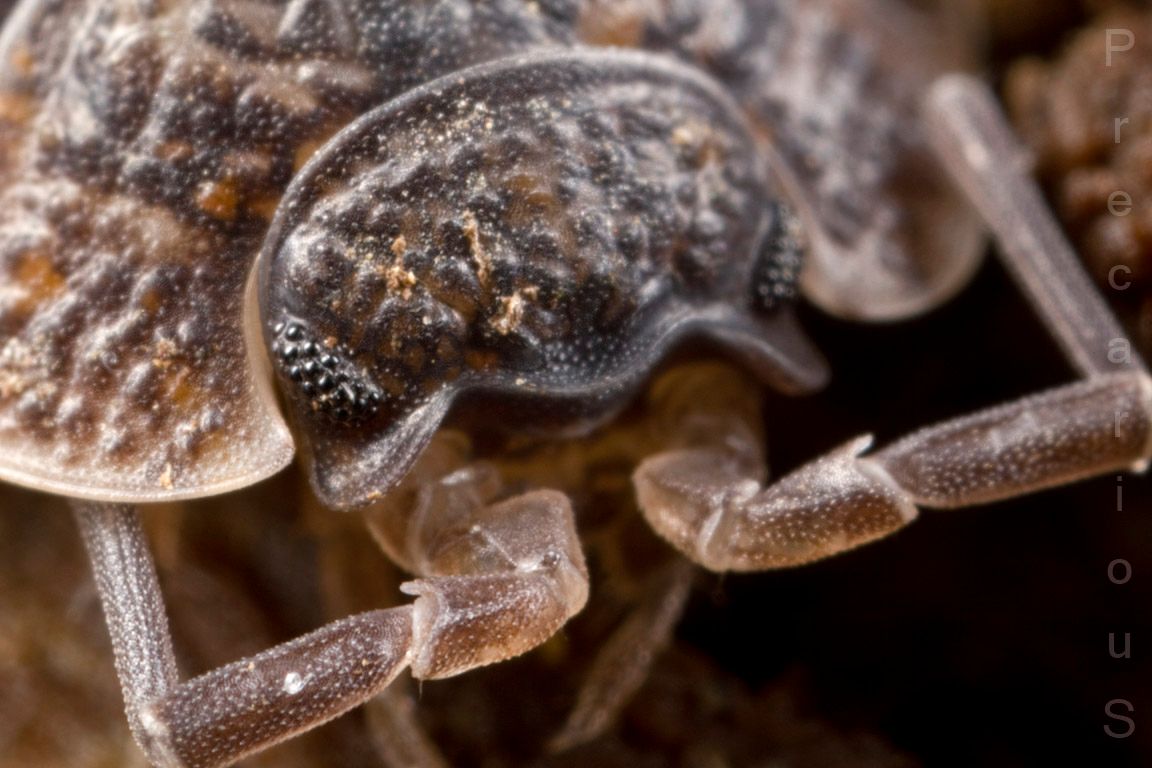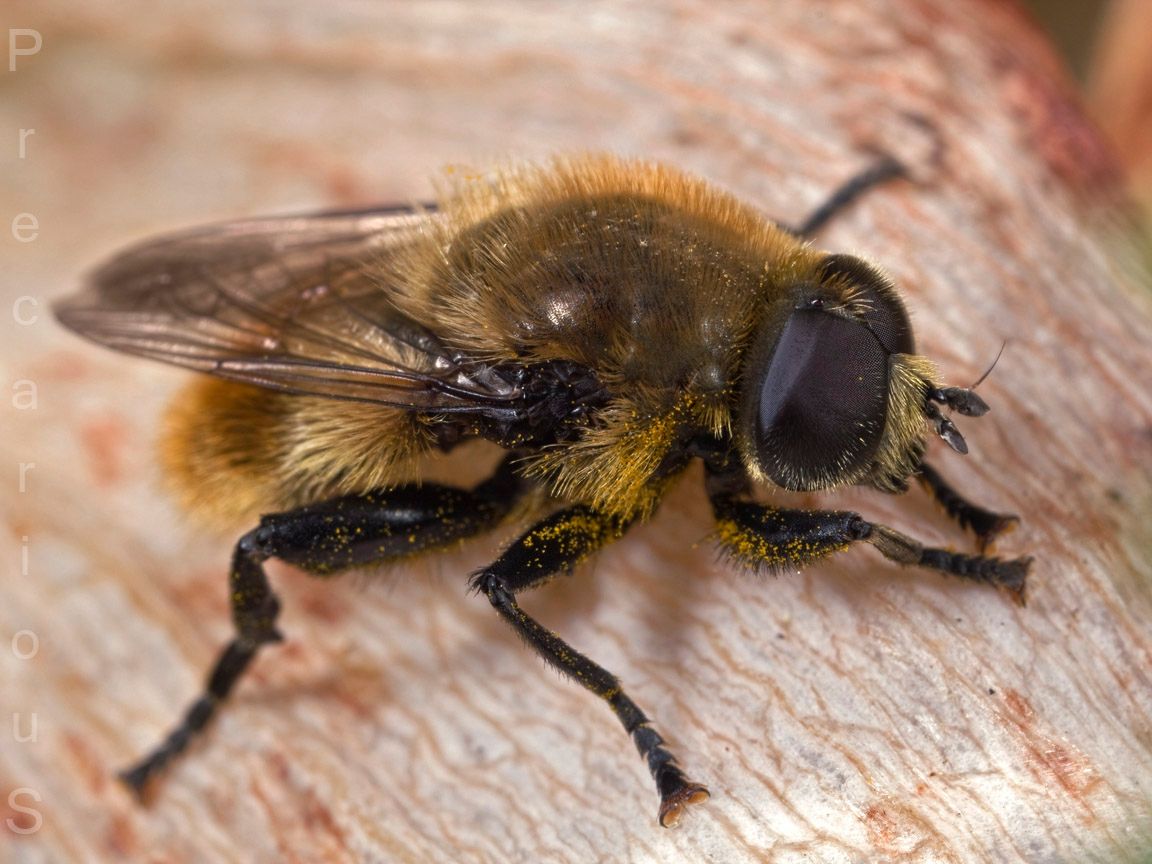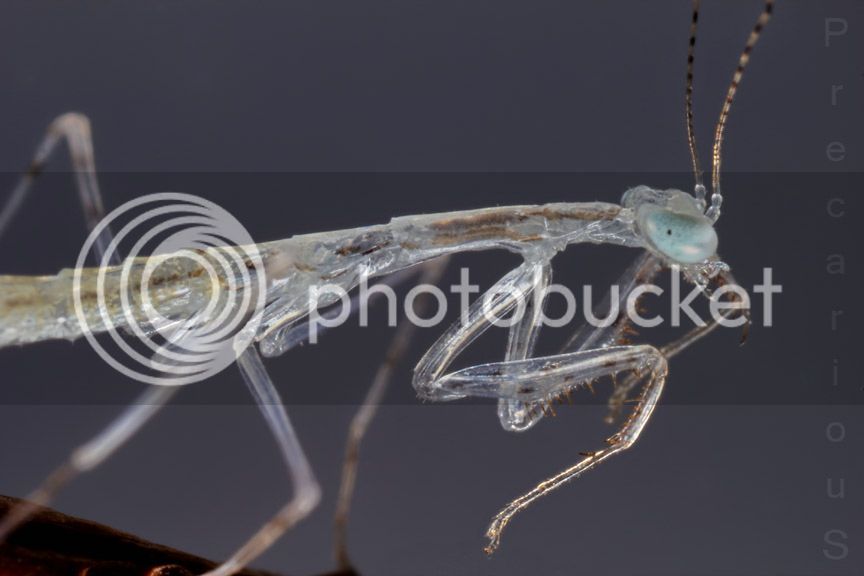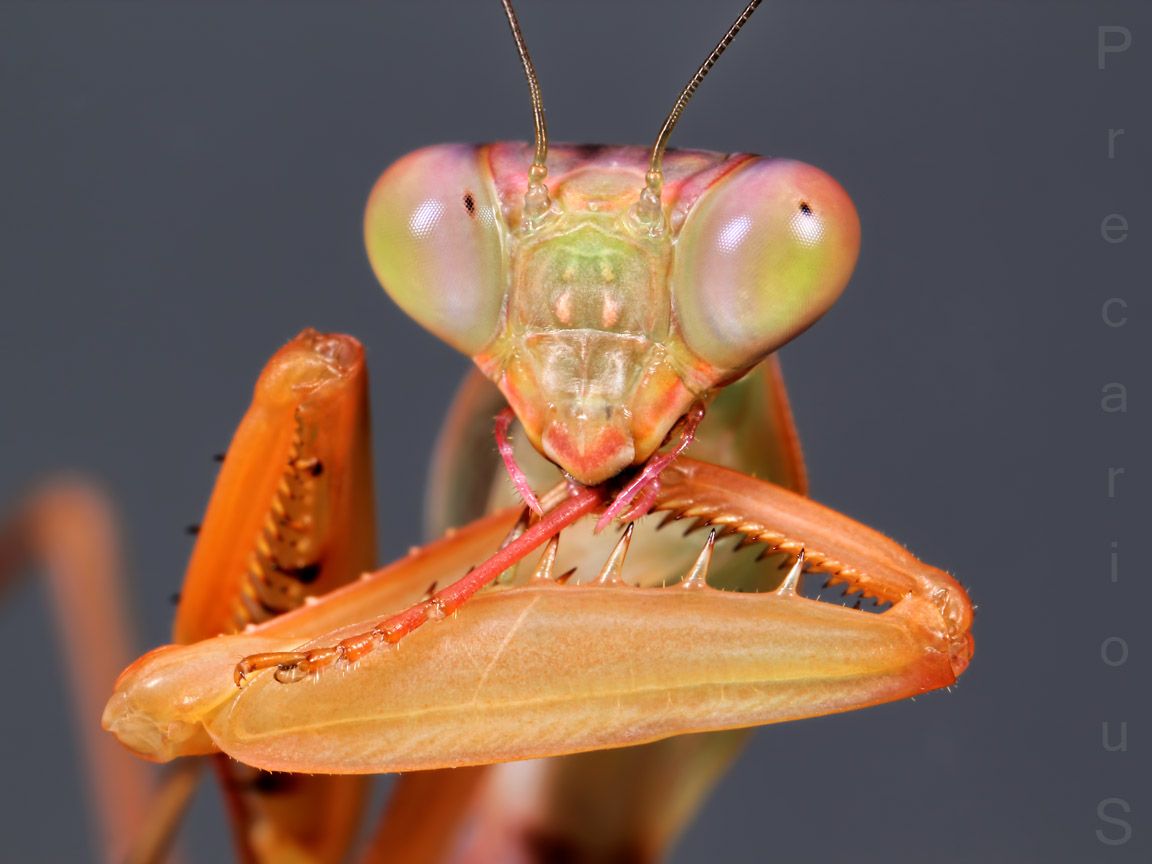You can see where the stacking algorithms screwed up. I'm assuming you used Zerene Stacker, Helicon Focus, or Photoshop, and the photos were taken freehand? Any slight change in angle will confuse the algorithms and produce artifacts. There really is no need to use that many images for these subjects. You could get better results with a single image at f13-f22.
Stacking only really makes a difference past 1:1 (actual size in comparison to camera sensor), and you take the images starting with closest elements then moving slightly closer for each successive shot in order to capture all elements in focus between the various photos. For instance, starting with the beetle's left legs in focus working toward the right legs. But if your lens opens up to f20-f22 you could pretty much get the same results in a single shot of these subjects. It's only past 1:1 where depth of field becomes too shallow even at those settings.
Unless you plan on doing extreme macro using a good focusing rail with tripod, I would suggest staying away from automated stacking software. You can do better manually stacking in Photoshop using layer masks. I know you'd have to learn your way around Photoshop to get to that point but if you plan on exploring the technical end of photography, such as stacking, you need to have good Photoshop skills anyway. I can guarantee every good stack you've seen online was accomplished by someone with good Photoshop skills.
I seldom use more than 2 or 3 images in my stacks. You really don't need more than that unless you are shooting with a very narrow depth of field. For instance, for best possible image clarity you would use f2.8 which greatly reducing depth of field. That's when deep stacks (10 or more images) become a necessity. I generally shoot at f13 which is a good balance between clarity and DoF on my lens of choice (Canon MP-E 65mm). But anything above 1:1 I use a different lens at f20-f22.
If you want I can post some examples of images I've stacked; the raw images so you can see what elements are in focus, and then the completed stack.








